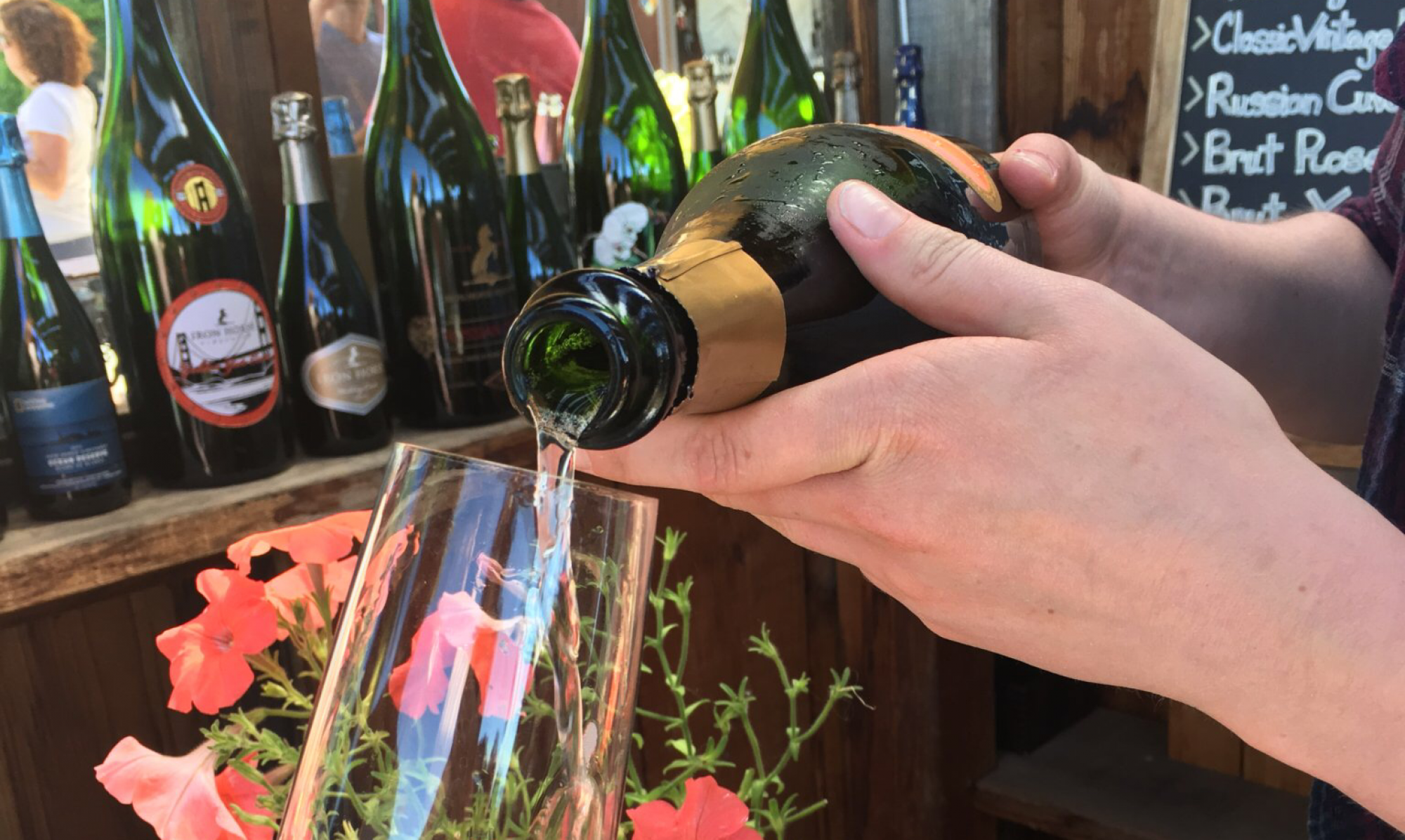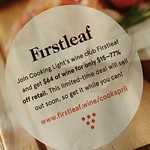United Airlines Teaching Compassion to Employees
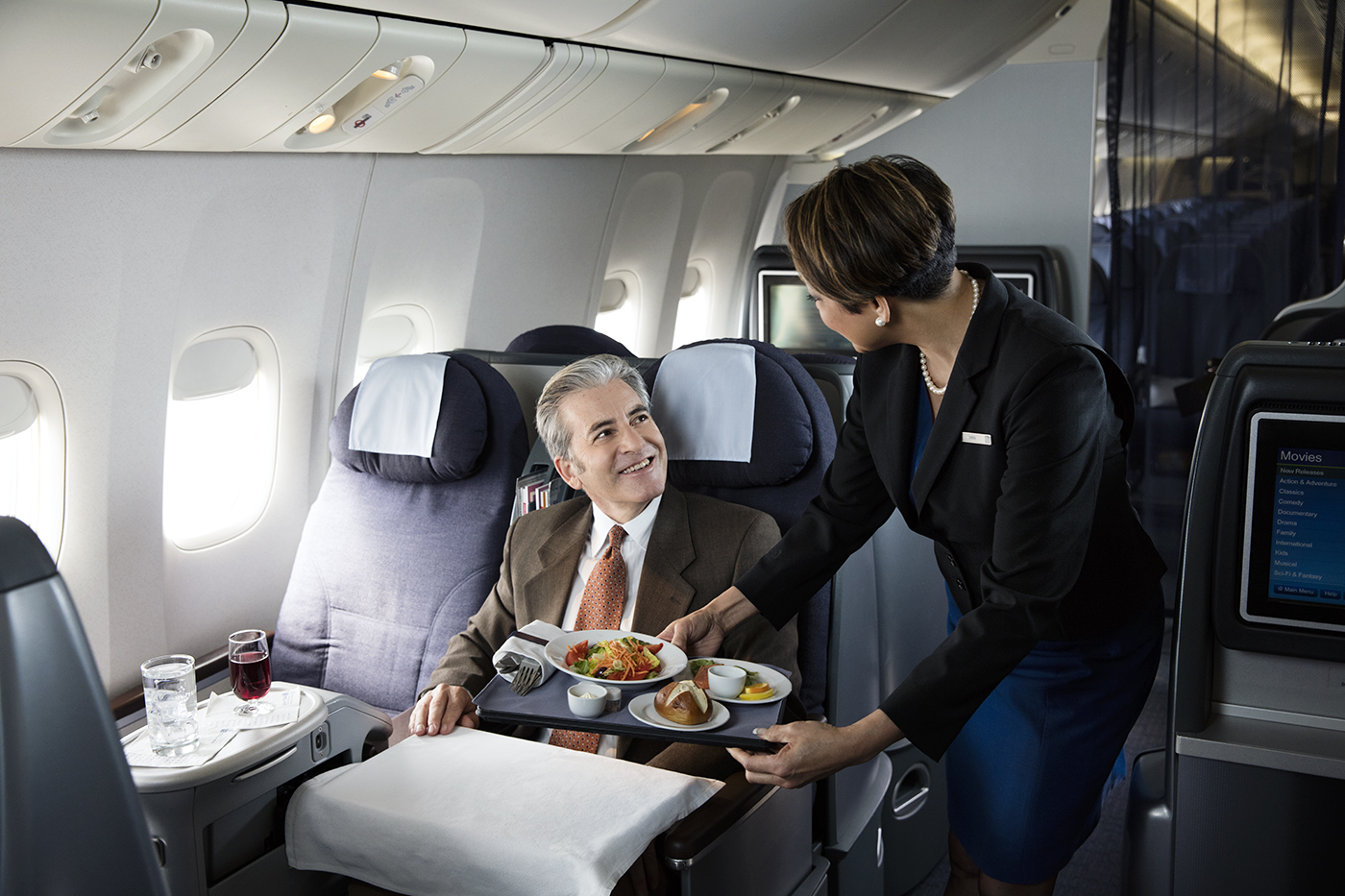
United Airlines’ multiple customer service failures that triggered headlines in the past year appear to be the motivation behind the airline’s new four-hour training program to help its employees learn compassion.
The consequences of a passenger being violently dragged off a regional jet at Chicago O’Hare Airport have been far-reaching. Many airlines have changed bumping policies, several have given greater authority to gate staff, and the two police officers involved in that incident were fired.
Nor is United the only airline expanding its customer service training in the wake of that and other bad incidents.
In addition to enhanced customer service training, American Airlines has also improved its safety training. This was in response to the NTSB’s investigation of a fire on board American flight 383 on October 28, 2016. Although all 161 passengers and nine crew were evacuated and survived, the NTSB found that crew members did not follow standard procedures. One mistake contributed to a passenger’s serious injury.
The somewhat chaotic evacuation of that burning jet reinforces what aviation professionals have long known: passengers do not follow instructions very well. People dragging carry-on bags as they evacuated were caught on video. The NTSB faulted the crew for not coordinating between the flight deck and passenger cabin better.
Read more about the American Airlines changes and its response to the NTSB’s findings about Flight 383 on Paddleyourownkanoe.com.
More on United’s new customer service training is at CNBC.com.
Alaska Airlines expands “Wine Flies Free” program
When Alaska Airlines started flying in and out of the Charles M. Schulz Sonoma County Airport in 2007, part of the deal with the local government and tourism officials was to promote purchase of wine by waiving the fee to check a case of wine on departure.

Now, the airline is expanding the “Wine Flies Free” program to 29 West Coast airports serving wine regions. This is a great opportunity to stock up on wines that you might not find at your local stores.
There are a few catches: it only applies if your destination is within the USA, you must be a member of the airline’s frequent flyer program, and the wine has to be packed for travel – not in the boxes without cushioning. And, the TSA may open up wine bottles. If they do, they will re-seal them, according to the airline. The program includes Alaska Airlines flights operated by Alaska, Horizon and Skywest Airlines. Virgin America flights will be added to the program in May.
For full details, including packing instructions, visit the Alaska Airlines website.
Wine clubs connect consumers with boutique wines
 There’s no shortage of wine clubs – if you love wines, you’re bound to be on several lists. When I received another ‘wine club’ offer recently, it was so tempting to pass it by, but as a wine lover (and all wine lovers know how tempting new offers sound), you’re keen to at least read the intro.
There’s no shortage of wine clubs – if you love wines, you’re bound to be on several lists. When I received another ‘wine club’ offer recently, it was so tempting to pass it by, but as a wine lover (and all wine lovers know how tempting new offers sound), you’re keen to at least read the intro.
The offer sounded great: 15 bottles of wine for $69.99. If you’ve been sipping for awhile, you know that the quality of these wine clubs ranges from outstanding to awful. When signing up for a wine club, it’s important to know which category you’re in and how far from awful you are, especially if you’re in it for the long haul.
Wineries, especially smaller ones, depend on wine clubs because they are a great way to create customer loyalty and repeat business. And, you’ve almost certainly received ads for wine clubs based on an affinity group or a publication, not affiliated with just one winery. This helps explain why wine club shipments have been growing at more than 10% a year for the past several years, according to multiple surveys of the U.S. wine industry.
At a minimum, getting people to sign up for a club is a highly effective way for a winery to get contact information so that they can try to sell wine to you after visitors go home. Some clubs have minimum purchase requirements, others do not. Most include benefits such as waived tasting fees and discounts off of the full retail price of wines purchased directly.
Fewer than 5% of winery visitors join wine clubs, and most of them stay in the club less than two years, but sales to wine club members can represent half of a winery’s overall direct-to-consumer sales revenue. Those sales are especially valuable because no distributor gets a cut. If a winery is able to retain members over time, the value grows even more.
For Paradise Ridge winery, which lost its winery building and main tasting room in the recent Sonoma firestorm, loyalty from club members is one reason why Rene Byck and other members of his family that own Paradise Ridge remain optimistic about their future. Similarly, Jonathan Lachs of Cedarville Vineyard in El Dorado County, California, credits his winery’s loyal club members for his long-term success.
When choosing a non-winery club, you have to trust that the wines automatically shipped to you are going to be good – and a good value. Even if the ads are accurate, remember that widely distributed wines are discounted by most retailers. That means that the $170 savings promised by the wine club that offers 15 bottles for an introductory price of $69.95 might really only be saving you about $100 on that first delivery. (That is still substantial savings, especially if you like the wines.)
Recently I was given a sample shipment from newly launched Sommailier, a club that aims to deliver smaller production French wines to American consumers. The box included a bottle of 2015 Denis Lurton Margaux (a Bordeaux blend,) a 2014 Côte Chalonnaise Burgundy from Domaine Anny Derain, and a 2016 Chateau La Fleur des Pins Blanc, which is a Semillion/Sauvignon Blanc blend.
Each shipment costs about $90 plus shipping and will include three bottles. (See below for a discount offer to our readers.) This is within the ballpark of what the wines might cost at U.S. retailers if they were available here.
“There are so many wine clubs that pretend to know all the wines from around the world. I didn’t see any that had an authentic story,” says Laurent Yung, founder of Sommailer. Yung grew up in France but now calls San Diego his home.
His plan is to help small wineries in France sell their wines to people that it cannot otherwise reach.
“These are boutique wines made by people who only know how to make wine. They don’t do marketing,” he says.
It’s a similar model as the California Wine Club, which started in 1990 and distributes California, Oregon and Washington state wines from wineries that otherwise have limited distribution. Two bottles every month are about $40 plus shipping.
To find out more about Sommailier, visit Sommailier.com and use discount code WELCOME20 to save $20 off the first club shipment although remember that the offer may change depending on when you visit the site and use the discount code.
Budget bubbly tastes good and is organic, too
European producers these days are able to produce mass quantities of good wine and sell it here in the United States at budget prices. It’s hard for wineries in California especially to compete because the cost of real estate in California is so high that a bottle of wine costs a lot to produce — before you put any juice into the bottle.
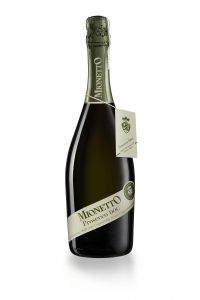
However, this does not mean that every bargain bottle of wine from Europe is a good buy. Recently, I had a chance to taste a sample of this wine, and it is worthy. Mionetto Organic Prosecco DOC is an Italian sparkling white wine that certainly works for Sunday brunch or to put some festivity into an afternoon gathering. At around $15 a bottle, this is a crowd pleaser.
As expected with a quality Prosecco, this is a slightly sweet, crisp, white sparkling wine. It has a light gold hue and a tinge of sweetness on its nose, along with pear and tropical fruit. The predominate flavor is pear, with a little sweet apple. The finish lingers, it has low acidity, and low-medium alcohol. Very refreshing, perfect for a hot day or a Sunday brunch. This could be a staple, all around, everyday sparkling white wine.
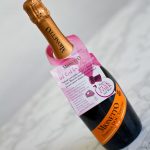 Mionetto’s line also includes white and rose sparkling wines that sell for a few dollars less than the organic one. And, through the end of October, the company is promoting Breast Cancer Awareness Month by hiding pink corks in some of its bottles. If you get a pink cork, you can send it in collect a pink mixer and enter a contest to win $10,000 for the breast cancer charity of the winner’s choice. (Residents of California, New Jersey, Pennsylvania, Texas, Utah, Vermont or West Virginia can enter without making a purchase via the company’s website.)
Mionetto’s line also includes white and rose sparkling wines that sell for a few dollars less than the organic one. And, through the end of October, the company is promoting Breast Cancer Awareness Month by hiding pink corks in some of its bottles. If you get a pink cork, you can send it in collect a pink mixer and enter a contest to win $10,000 for the breast cancer charity of the winner’s choice. (Residents of California, New Jersey, Pennsylvania, Texas, Utah, Vermont or West Virginia can enter without making a purchase via the company’s website.)
Unusual correction to 2005 nutrition research paper
Those of us who follow academic research have been following with intent controversies in the past year or so involving work from the lab of Cornell University nutrition professor Brian Wansink. While the university defended him and his work, its own review (http://mediarelations.cornell.edu/2017/04/05/cornell-university-statement-regarding-questions-about-professor-brian-wansinks-research/) found errors.
Now, Retraction Watch points to a correction appended to a 2005 paper that showed how the name of a food influences how people perceive its taste. Apparently, on a re-examination of the data, “the correct values are impossible to establish.” Yet, the researchers stand by their conclusions.
Read more at http://retractionwatch.com/2017/07/04/correct-values-impossible-establish-embattled-nutrition-researcher-adds-long-fix-2005-paper/.
The latest revitalization of Oakland’s Jack London Square
The San Francisco Chronicle has an update on the latest wave of restaurant changes at Jack London Square, which has gone through many phases since the early 1980s.
Here’s the article:
Granola recall due to Listeria contamination
The maker of Wildway and some Trader Joe’s granola has issued a voluntary nationwide recall due to possible contamination with Listening bacteria.
Details are available from the company’s news release and distributed by the FDA.
More information about Listeria and the symptoms of infection are available from the CDC.
Food and wine festival season has arrived
One of the most fun ways to learn about specific wine regions and enjoy local foods is to attend one of the hundreds of food and wine festivals across the country. In addition to the well-known mega-festivals like the Aspen Food and Wine Festival in June, there are many small events where just about anyone can meet winemakers and other culinary craftworkers.
Disclosure: The author of this blog post has been a media guest at some of the events mentioned.
Here are a few noteworthy festivals coming up in California:
- Amador Four Fires – Plymouth, CA on May 6, 2017 – This is the third year of this event at the Amador County Fairgrounds (about 2 1/2 hours east of San Francisco.) Featuring open-flame foods from Spain, France, Italy and California, 40 Amador County wineries, other beverages from the region and a packed schedule of demonstrations and educational opportunities.
- 25th Annual Monterey Winemakers’ Celebration – Carmel-by-the-Sea, CA on May 7, 2017 – Features more than 100 Monterey County wines, education programs, and other activities, including new for this year Monterey Wine Camp for immersive learning and a chance to win a wine merit badge.
- Sonoma County Wine Country Weekend – Rohnert Park, CA on Sept. 2-3, 2017 – Moving to a new location this year (which should make the event more accessible,) this event includes two days of tastings, a charity auction, and seminars and demonstrations. The personal involvement of many of Sonoma’s great wineries and winemakers makes this one of the best “mass tasting” events.
- Eat, Drink SF – San Francisco on August 24-27, 2017 – Organized by San Francisco’s restaurant industry, this combines a wide range of tasting opportunities with educational programs geared both for professionals and consumers.
Nearly every region has events aimed at attracting food and wine lovers, so if you are traveling, check with local winery associations or search on LocalWineEvents.com, which has a database of festivals and other events in many locations. Small or new events are a great way to get familiar with specific types of wines or regional specialties — and meet their producers.
(Updated to correct that this is the third year for Amador Four Fires, not first.)
This might be a reason to visit Atlantic City
There aren’t many reasons to go to Atlantic City, N.J., but give MGM Resorts some credit for trying. The company’s latest addition to the Borgata Resort is Chef Michael Symon’s Sicilian restaurant Angeline, opening May 6.
“This restaurant is so close to my heart, and takes me back to sitting around the family table as a kid, chowing down on my mom’s lasagna. Angeline’s menu is a modern version of the Italian comfort food I grew up with,” says Symon, who named the restaurant after his mother, Angel.
The menu is set to include traditional Italian-American dishes like meatballs and linguini with clams, and there will be a wood grill for lamb, swordfish and other items.
Symon joins other celebrity chefs at the Borgata, including Wolfgang Puck, Bobby Flay, and Geoffrey Zakarian.
Annual visits to Atlantic City have steadily declined since 2006. There are seven casinos still open in the New Jersey beachside resort. For an interesting review of the city’s shuttered doors, visit this article on Curbed.
